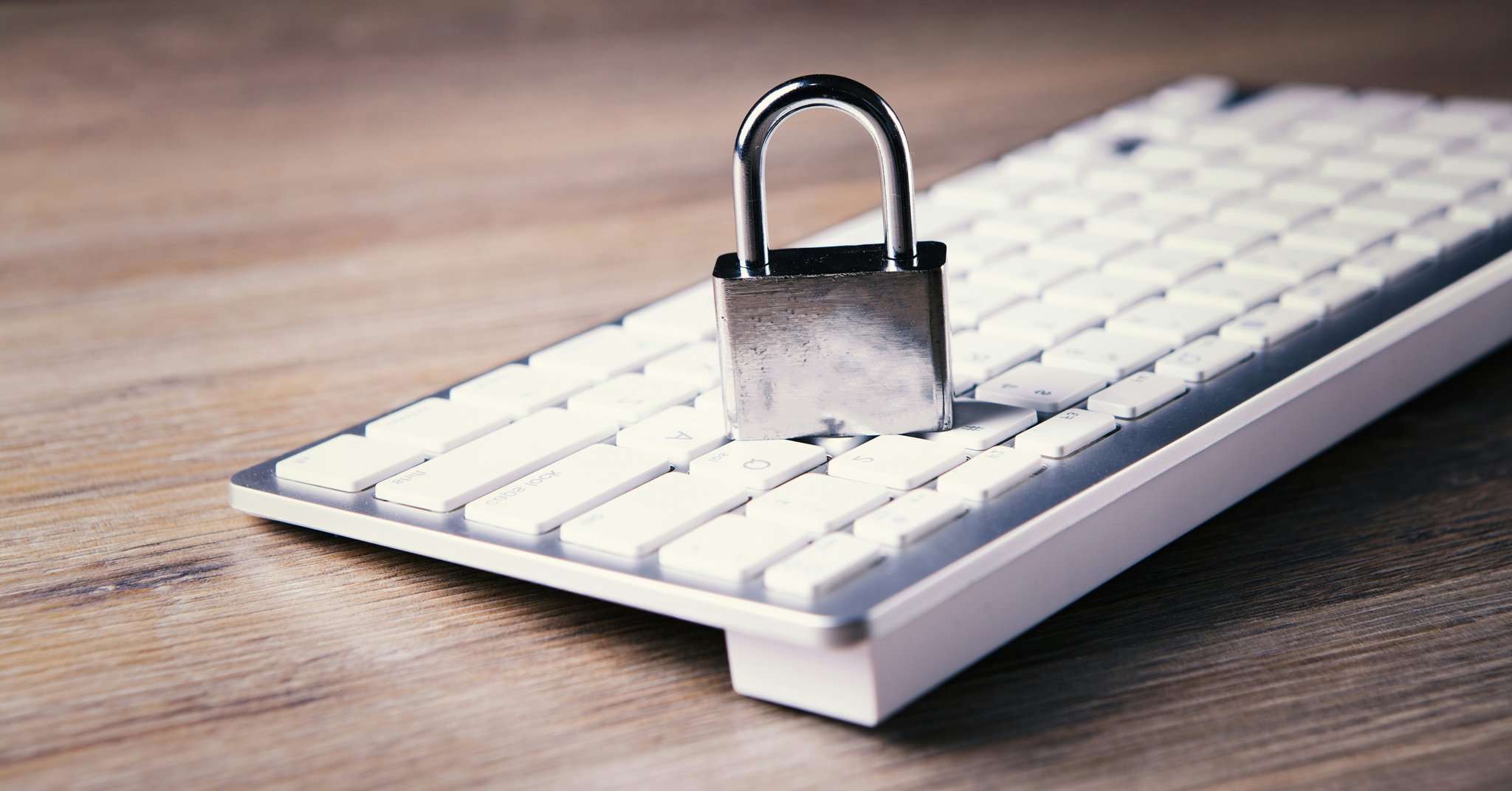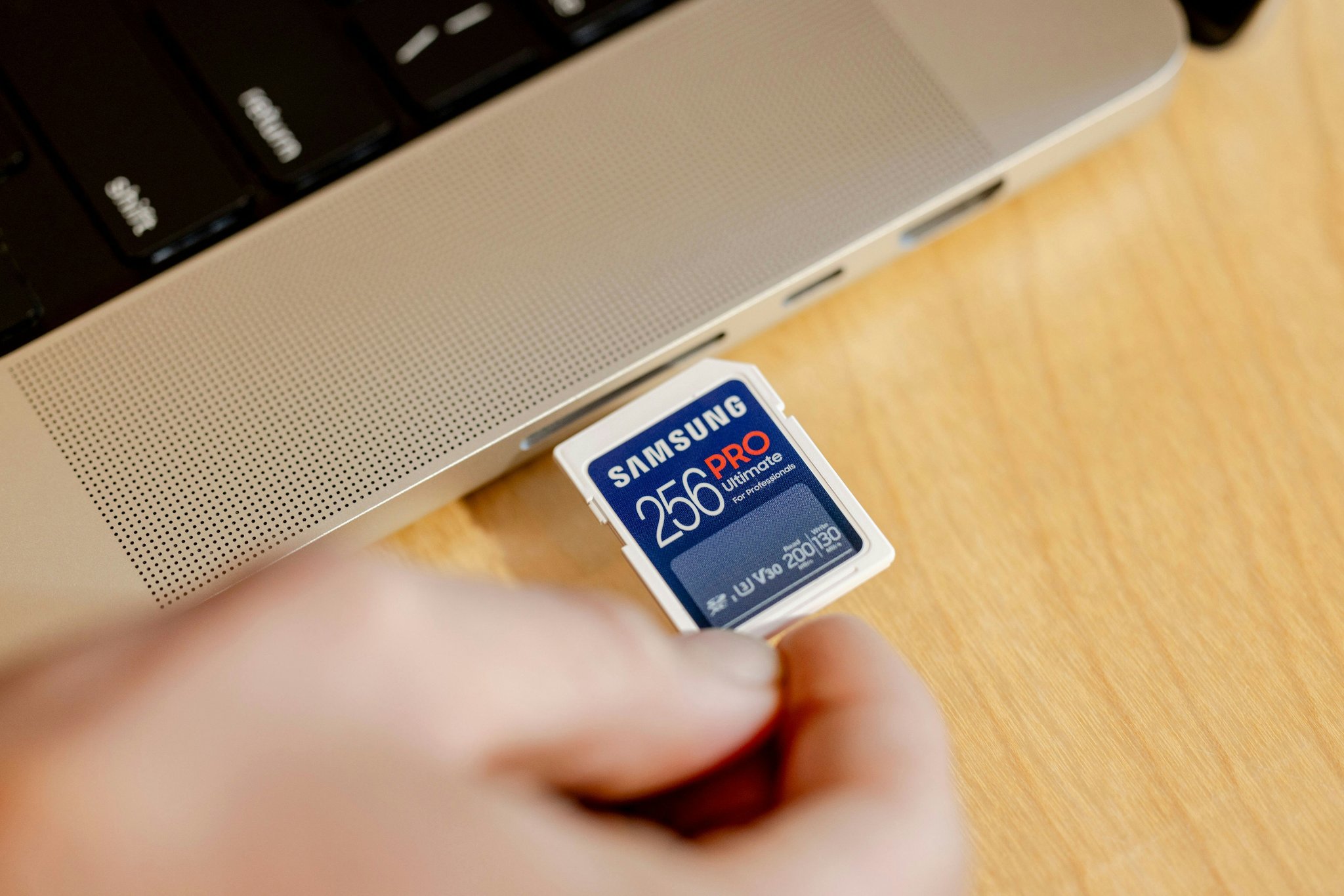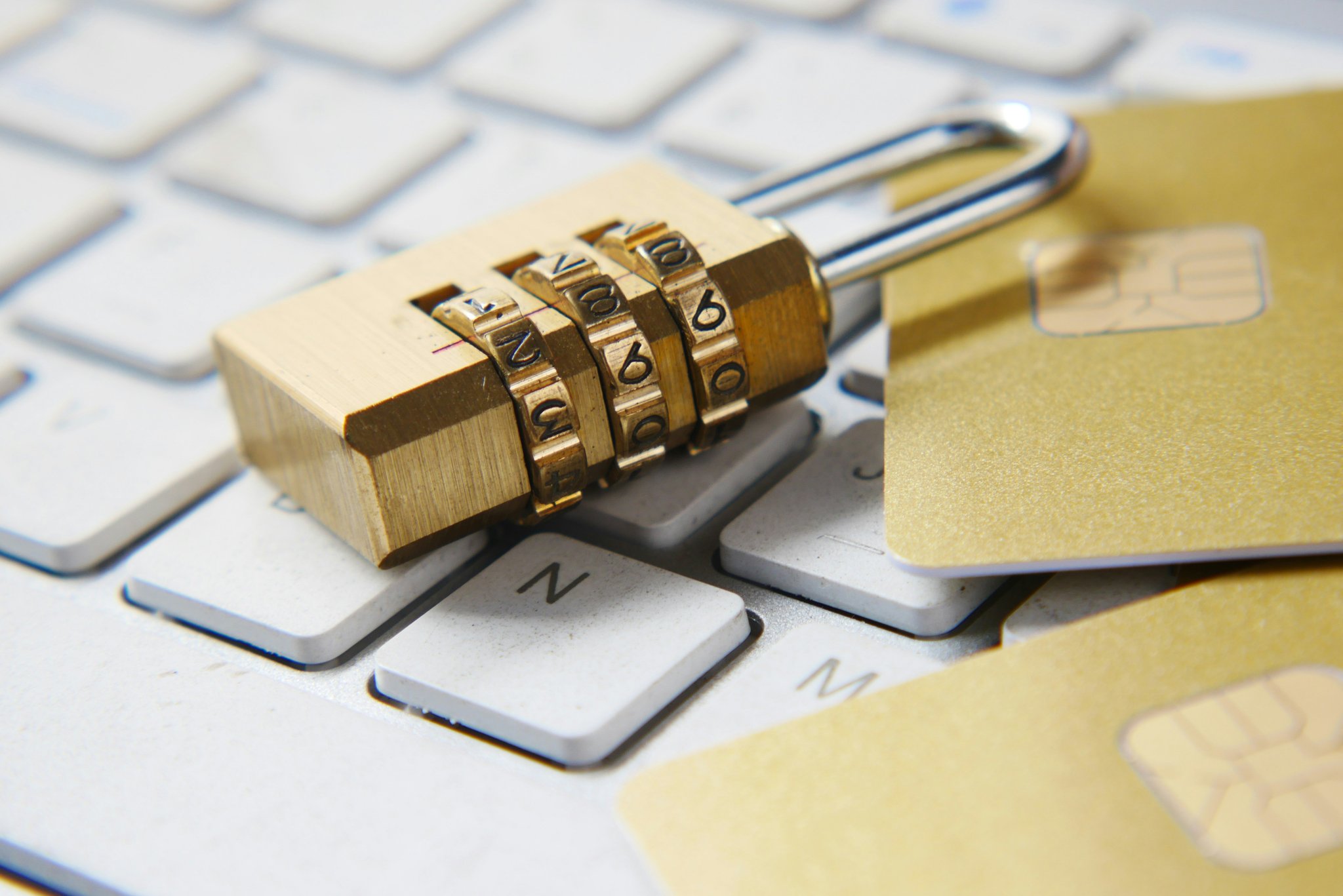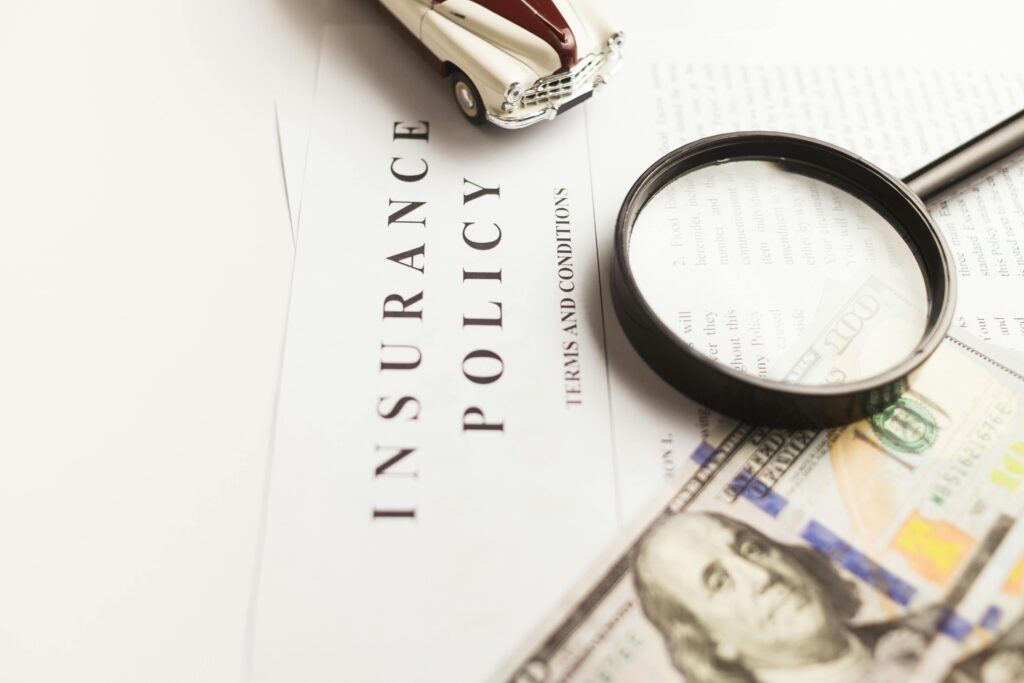Ever spent hours crafting a viral TikTok video or Instagram Reel, only to wake up one day and find it gone? You’re not alone. Whether you’re an influencer, content creator, or just someone with a growing social media footprint, losing your digital assets can feel like losing part of yourself.
This article dives deep into digital media protection, explaining why it’s crucial for anyone building their personal brand online. We’ll cover risks, actionable strategies, best practices, and even some real-world lessons (spoiler alert: mistakes were made). By the end, you’ll know how to shield your work from disasters both digital and financial.
Here’s what we’ll unpack:
Table of Contents
- Why Digital Media Protection Matters
- Steps to Protect Your Digital Media
- Best Practices for Digital Media Protection
- Real-Life Examples of What Could Go Wrong (and Right)
- FAQs About Digital Media Protection
Key Takeaways
- Digital media is at risk of theft, hacking, accidental deletion, and platform bans.
- Credit cards tied to media subscriptions need special insurance safeguards.
- Proactive strategies include backups, copyright registration, and tailored insurance policies.
- Mistakes happen—like using #VeganRecipes on that bacon post—but they don’t have to derail you.
Why Digital Media Protection Matters
In today’s hyper-connected world, our digital content isn’t just entertainment—it’s currency. Creators earn income through sponsorships, merchandise sales, and ad revenue streams. But every time you upload a file or share a post, you open yourself to potential threats.
Consider these stats:
- Over 80% of creators say they’ve lost critical files due to mishaps.
- Hacking incidents targeting influencers increased by 47% last year alone.

Imagine this scenario: One morning, I logged onto Instagram to see my account suspended. A “suspicious activity” notification had erased months of hard work. Spoiler: It wasn’t worth crying over coffee.
Steps to Protect Your Digital Media
How Do I Back Up My Files Without Losing My Mind?
Backups are essential but dull as dishwater. Here’s how to make them bearable:
- Invest in cloud storage services like Google Drive or Dropbox.
- Automate backups daily—because no one has time for manual saves.
- Encrypt sensitive data so hackers won’t crack your code.
What Insurance Policies Cover Digital Losses?
Digital media protection often falls under specialized clauses within broader insurance packages. Think homeowner’s coverage meets cyber liability policy.
“Optimist You: ‘You’re covered, right?’
Grumpy You: ‘Depends—if you read ALL the fine print.'”*
Best Practices for Digital Media Protection
Tailor Coverage for Credit Cards Linked to Subscriptions
If you use credit cards for your digital tools (e.g., Canva Pro), ensure those cards come with purchase protection. This shields against fraud if someone hijacks your account.
Register Copyrights Strategically
Sure, registering every single snap might sound crazy. But for marquee pieces—photography portfolios, e-books, or videos—copyright registration ensures legal muscle.
Real-Life Examples of What Could Go Wrong (and Right)
Let me confess: Once upon a time, I thought password managers were unnecessary. Cue dramatic music. After being locked out of three accounts simultaneously, I learned better.
On the flip side, Sarah D., a graphic designer, saved her business thanks to robust backup systems during a massive server crash. Moral of the story? Prepare ahead!

FAQs About Digital Media Protection
Is Digital Media Protection Worth the Investment?
Absolutely. Losing access to your digital creations can cost far more than prevention measures.
Does Insurance Really Cover Hacked Accounts?
Some policies do! Check specifically for cyber insurance or endorsements covering identity theft.
Conclusion
The internet giveth—and sometimes taketh away. With digital media protection, you take control back. Remember, safeguarding your digital presence isn’t optional; it’s survival.
“Like a Tamagotchi, your SEO needs daily care.”


